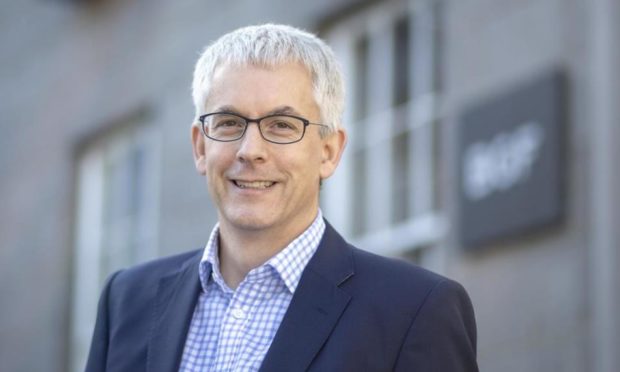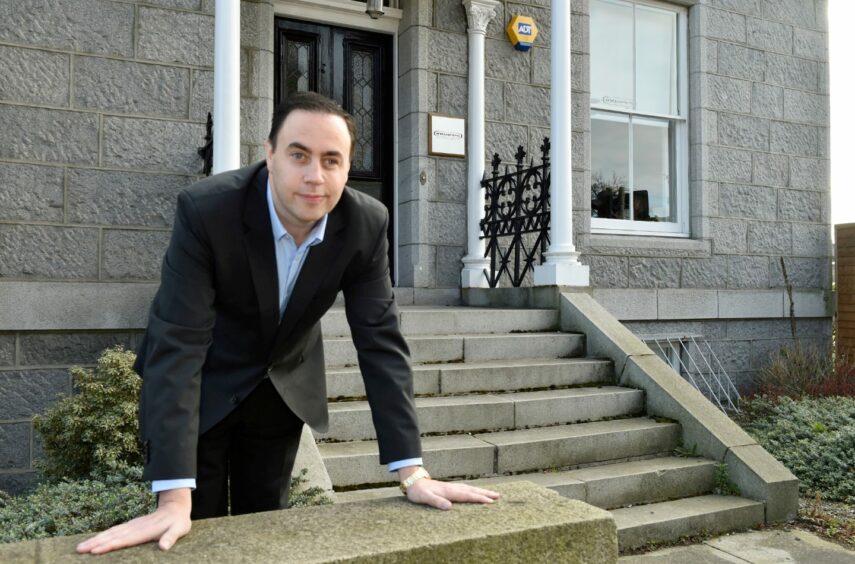For many companies, there comes a time when everything is working well; they are continuing to grow and have a good team, but they are constrained by their cash.
It could be they need to invest upfront for a new business line or geography, or simply that faster growth requires a lot of working capital which they can’t afford.
That’s where growth capital comes into its own – the critical point where external investment and support come together to facilitate that faster growth.
We want to help build companies that can continue to flourish as independent businesses in the long term.”
As investors, we often get asked what we look for in a company and how do we know it has reached this point.
In truth, it’s a combination of many things. More often than not, the discussion begins with a clear and compelling business plan.
In many cases, a business will know it could do with some investment and even has an idea on how much, but it really helps both company and investor to write it down and plan it properly.
The firm needs to consider what it wants to do, how much money it’s going to need, what it’s going to spend it on, and how it is going to make a return.
Investment plan
Mapping out these milestones in a detailed plan gives an investor confidence that investment will be used wisely.
We need to be confident the investee knows their business and their market inside out.
We also want to see that serious, credible customers are using the products or services already, and there is a strong and demonstrable sales pipeline.
When a company is at an earlier stage it is a great sign if customers are willing to pay for development or first products.
This gives us an idea of the scope to scale the company and proves the viability of the business model.
The X factor
We’re also looking for that extra something that makes the business special.
Companies need to consider what differentiates them from their competitors. It could be a technology, service or an innovative approach to the market.
It doesn’t have to be something that can be patented; it could be as simple as a new way of delivering an existing service.
The final piece of the jigsaw is the team. Investors look for strong and diverse management teams who have the ambition, drive and ability required to scale their business.
Chemistry and history
There also needs to be chemistry between the entrepreneur and investor, as well as a history of success.
A great example of this is our relationship with Inoapps, an Aberdeen-based Oracle partner in which we invested eight years ago.
We really loved chief executive Andy Bird’s vision for the company, both in the UK and overseas. He was ambitious and clear.
This resulted in BGF making a £10 million investment which supported the successful internationalisation of Inoapps, allowing it to more than double in size.
It’s a big tick in the box if the entrepreneur or management team has previous experience of building a business, with a track record for generating value.
But by definition not every entrepreneur will have that. Many of the best may have started the business at an early stage in their career.
Appointing an experienced person to the board demonstrates you are surrounding yourself with people who do have that experience, and this can be a very powerful way of helping to give confidence in an accelerated plan.
Hungry for growth
Regardless of sector, BGF is looking to invest in entrepreneurial companies which are hungry for the next stage of growth, and with a partner who shares that appetite and can-do attitude.
BGF invests for the longer-term and we are looking to work in partnership to help companies achieve their full potential.
Most importantly, we want to help build companies that can continue to flourish as independent businesses in the long term.
Good companies will find funding, one way or another, and it’s our job to help support them on their journey.”
Businesses looking to attract investment need to be structured, thoughtful, clear and ambitious in their approach.
It doesn’t help to over-sell, with unrealistic projections, but there is no harm in being ambitious.
There is also no shortage of capital available for a strong and well-articulated proposition.
Good companies will find funding, one way or another, and it’s our job to help support them on their journey.
Perfect partners
At BGF we are always conscious that agreeing on an investment is a two-way process, and entrepreneurs and business owners must also be sure they are picking the right investor.
Having natural chemistry, an alignment on values and a shared vision of the end goal are all essential when forming a new partnership for growth.
Mike Sibson is an investor and head of office for BGF in Aberdeen.

